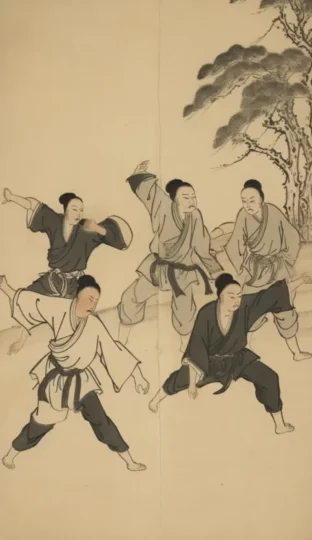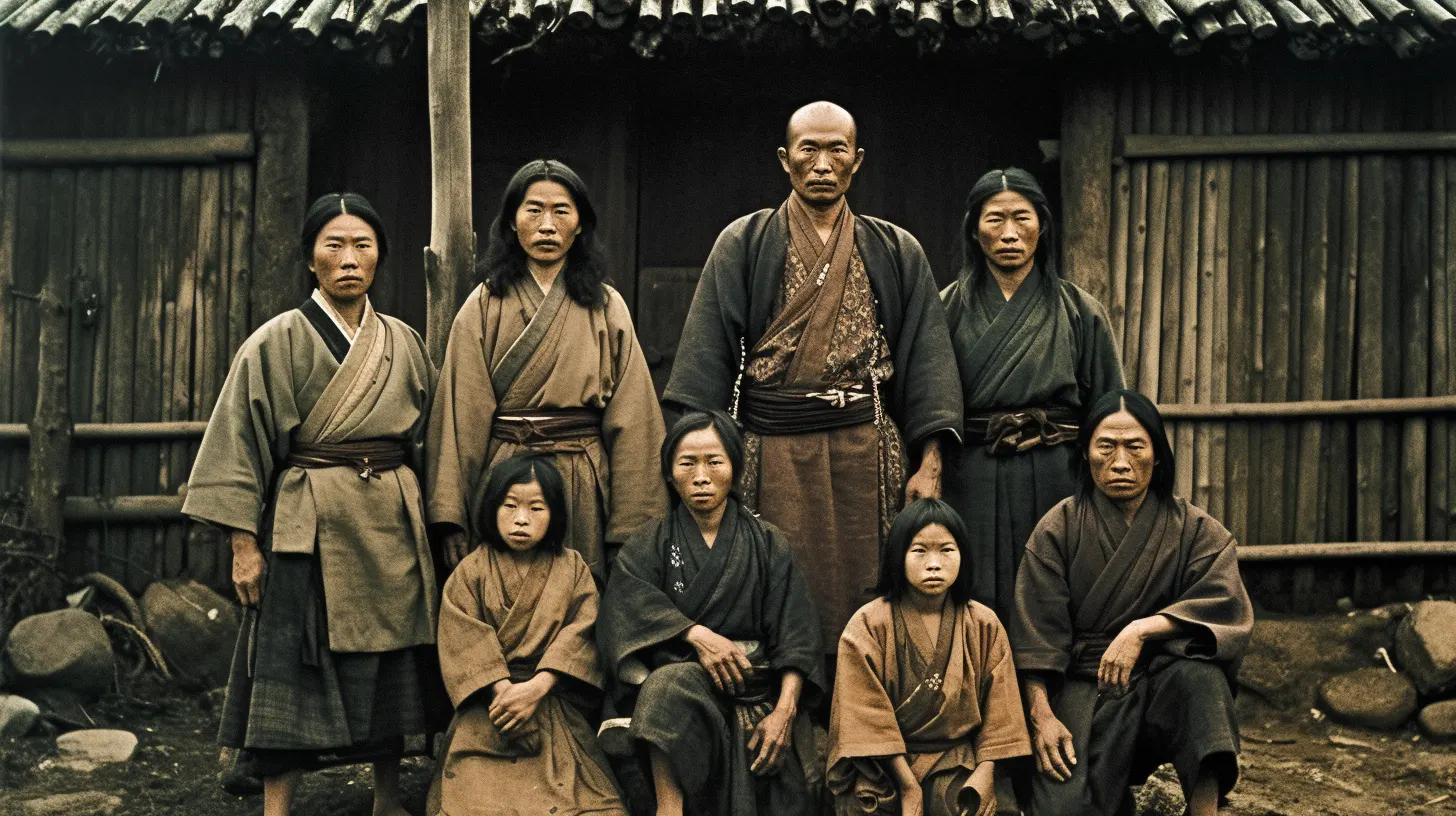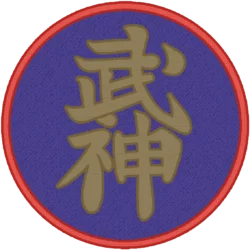虎倒流骨法術
KOTŌ-RYŪ KOPPŌJUTSU

虎 KO, tora, take : tiger, drunkard
倒 TŌ, tao, dao : topple, overturn
流 RYŪ, RU, nagare : style, (current, a sink, flow, forfeit)
骨 KOTSU, hone : knack, skill, (skeleton, bone, remains, frame)
法 HŌ, FURAN, nori, ho : method, law, rule, principle, model, system
術 JUTSU, sube : art, technique, skill, means, trick, resources, magic
虎倒流 Kotō-ryū (the style that overcomes the tiger) is believed to be based on 悟宝 Gojo brought to Japan from China by the warrior Chô Busho (Chan in Chinese) in the 10’th century. After several generations* the teachings was formalized into a new system by 坂上太郎国重 Sakagami Taro Kunishige and the school was officially founded by 戸田左京一心斎 Toda Sakyo Isshinsai in the Tembun era (1532).
The school is specialized in 骨法術 Koppōjutsu (the knack of the methods in the system) which is a complete taijutsu system. Teppan (square metal plate), a square metal plate used for enhancing the striking methods, it is not sharp or looks like a weapon but it can be thrown as a distraction. 剣法 Kenpō (sword methods), unorthodox sword techniques.
For a list of all the techniques in Kotō-ryū click here!

傳系 DENKEI
…
1. 坂上太郎国重
2. 坂上小太郎源正秀
3. 僧玉観律師
4. 戸田左京一心斎
5. 百地三太夫
6. 百地三太夫二代
7. 百地丹波泰光
8. 百地太郎左衛門
9. 戸田盛柳信綱
10. 戸田不動信近
11. 戸田観五郎信安
12. 戸田英三郎信正
13. 戸田新兵衛正近
14. 戸田新五郎正良
15. 戸田大三郎近繁
16. 戸田真竜軒正光
17. 高松寿嗣翊翁
18. 初見良昭
19. 野口幸夫
… [23 generations] …
Sakagami Taro Kunishige (Tembun 1532)
Sakagami Kotaro Masahide (Tembun 1532)
So-Gyokkan Ritsushi (Tembun 1532)
Toda Sakyo Isshinsai (Tembun 1532)
Momochi Sandayu I (Tembun 1542-1555)
Momochi Sandayu II (Tensho 1573-1591)
Momochi Tanba Yasumitsu (Bunroku 1595-1615)
Momochi Taro Zaemon (Genna 1615-1624)
Toda Seiryu Nobutsuna (Kwanyei 1624-1644)
Toda Fudo Nobuchika (Manji 1658-1681)
Toda Kangoro Nobuyasu (Tenna 1681-1704)
Toda Eisaburo Nobumasa (Hoyei 1704-1711)
Toda Shinbei Masachika (Shotoku 1711-1736)
Toda Shingoro Masayoshi (Gembun 1736-1764)
Toda Daisaburo Chikashige (Bunkwa 1804)
Toda Shinryuken Masamitsu (B. 1824 – D. 1909)
Takamatsu Toshitsugu Uoh (B. 1887 – D. 1972)
Hatsumi Masaaki (B. 1931 – Present)
Noguchi Yukio (B. 1942 – Present)
The dates of the early masters is when they where active. I believe that Sakagami Taro Kunishige formalized the teachings for the second master Sakagami Kotaro Masahide. But he died before or shortly after so the school was then given to the third Sōke, Sogyokkan Ritsushi. This was a wild time with many wars, and this might be why there seems to have been so many masters at the same time. As with most of the schools in Bujinkan they where probably formalized as a ryū-ha in the Meiji era (1600-1868) and then back dated.
* Some sources (which one?) says that the teachings was in Japan for 23 generations until Sakagami Taro Kunishige formalized them and then later Toda Sakyo Isshinsai founded Koto-ryû.
